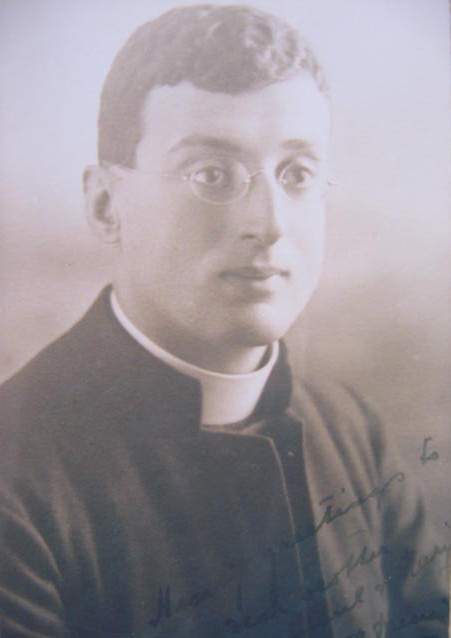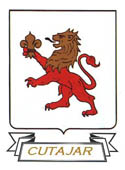





By Ray Cutajar
|
|
The time came for Joseph Scalpello to start the studies that would lead him to priesthood. His godfather, Francis Casha, insisted that he should go abroad to continue his education. So, in 1914 at the age of nineteen, Joseph set sail to Italy, where he was to study in Rome and Padova to become a Franciscan monk. The Great War had just started to ravage Europe.
 During his years of study, he continued to mature into a determined and open-minded youth. His further reflections on the futility of war and materialism made him focus more on the elements that were important for a monk or a priest. He realised the triviality of mere details and certain traditions. After seven years he finished his studies and was ordained a monk in Rome in 1921. Thereafter he returned to his homeland, Malta. Back in his native land, Father Francis, as young Joseph became known, started his mission as a man of God, steadfast in his ideals. However, he eventually decided to leave the order and become a priest. Priesthood would bring more freedom through which he could work better among those who needed him. Life in the convent had its blessings, but it also presented him with what he considered as some drawbacks.  Father Francis thought that being a priest would also bring an added advantage of changing over to a clergyman's jacket and trousers, which no priest in Malta wore yet, but which priests in Italy had long been using without raising any eyebrows. He preferred these to the monk's habit, which he found impractical. Little did Father Francis know that his idea about his clothes would drive him into trouble with local Church authorities. His clergyman's suit was not acceptable to Father Francis' superiors. They considered it as a challenge to Maltese religious tradition, which, they thought, did not need this new fashion which Scalpell brought over from abroad. The matter led to heated discussions with Father Carta, who brought the matter to the Archbishop's attention. The latter sent for Father Francis, who endeavoured to persuade him that the clergyman's suit had long been in use in other countries. His arguments proved futile and Father Francis left the Archbishop's palace with a heavy heart. (As a matter of fact, priests in Malta changed to the 'clergyman's suit' in the 1960's.) He wondered how he could go on in his work, if there were going to be so many unexpected obstacles to his plans. A change in the priest's clothes seemed a very minor matter for Father Francis. If it was so difficult to change such a detail, he wondered what he would meet if he tried to breach some major social way of life... Given the social mentality of the time, some people started considering him as being rebellious; a challenge to the undisputed authority of the Church. He suspected that Father Carta was turning public opinion against him. His freedom of thought did not let him accept a shallow mentality, and he started thinking of seeking another country where he could work without being hindered by narrow-minded people who ought to have known better. Difficulties with Father Carta and the Church authorities continued and after about five years he had to leave his beloved homeland again. |
